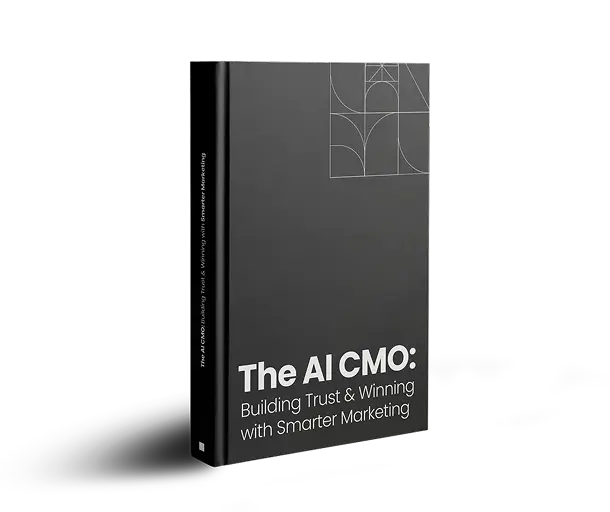
Introduction
The go-to-marketing (GTM) plan is the foundation of all your marketing strategies. It is a roadmap to utilize your outside resources to deliver an excellent customer experience and gain a competitive edge.
But, achieving your marketing goals with a GTM plan is not easy. Because:
- 70% of customers do their research before connecting with the sales team.
- Research shows that an average customer uses at least 3 to 5 channels throughout their customer journey before making a purchase.
- The average shopping cart abandonment rate is 65.23%.
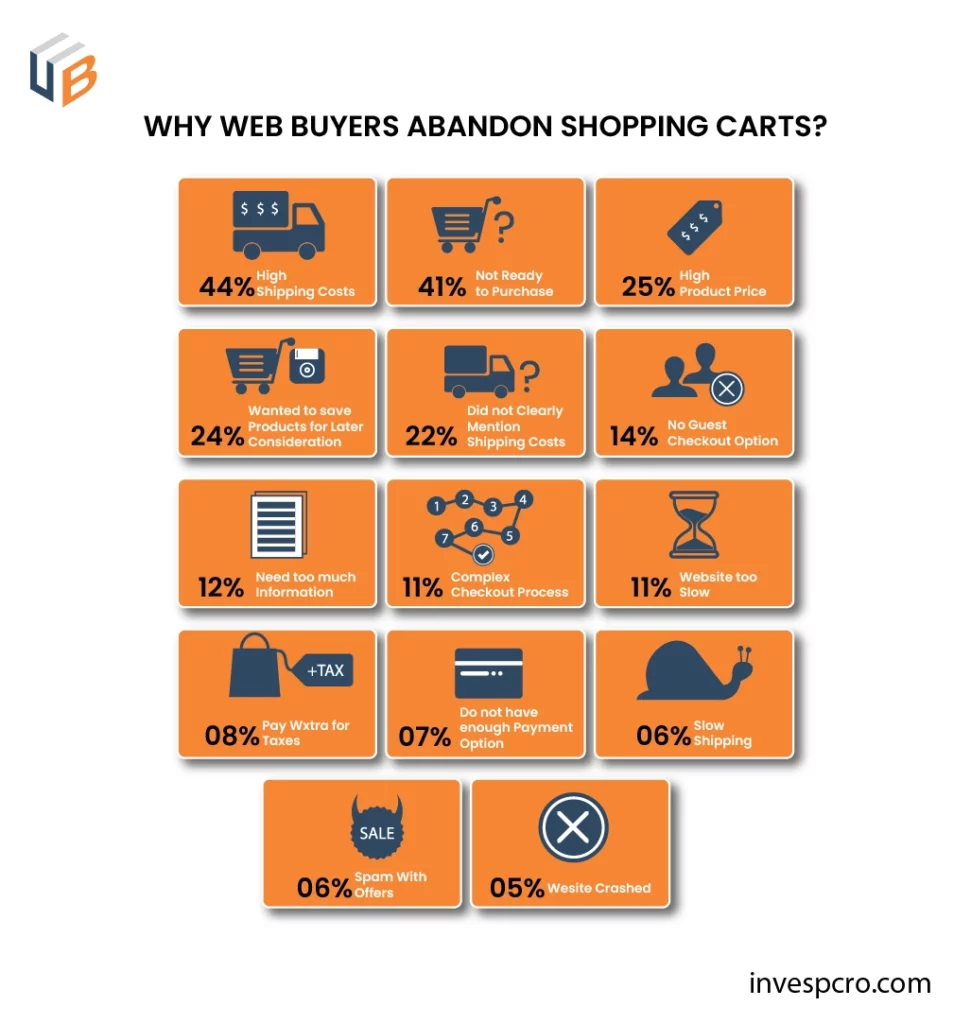
So, your customers prefer to do their research using different marketing channels, and still, only a handful of them convert.
Therefore, you need to create a demand funnel for your GTM plan. A funnel helps you use different demand gen strategies to target your customers at every stage and reduce their sales cycle.
Cool, right?
Then, let’s see how to create a demand funnel to support your GTM strategies.
Benefits of Creating a Demand Funnel
Before diving into a demand funnel creation process, let’s first understand why it is important. A funnel is a simple roadmap of your customer’s journey from start to end.
Having a clear customer journey map can help you fasten up the conversion process and focus on the priority leads. Moreover, creating a demand gen funnel can also help to:
Attract leads
A demand funnel can drive new and high-quality leads your way. Using the right lead magnet, you can generate desired demand in the market.
For example, you can publish blogs targeting your potential customer’s pain points on your website. It can generate organic traffic, and targeted customers can land on your website.
Select the right intent channels
Digital marketing has offered several channels to interact with your customers. You have social media, digital ads, content marketing, and many more options to generate demand for your products and services.
But randomly targeting any marketing channel will do you no good. Instead, you need to target a channel where your potential audience hangs out.
To do so, you need to analyze the intent of your ICP. You can put your buyer’s intent data in a funnel to know where your customers spend more time.
Suppose your targeted audience is female. In that case, Pinterest is the best channel to generate demand, as 76.7% of Pinterest users are female.
Streamline your demand marketing
There are hundreds of things that you can do to generate demand for your products and services in the market. You can launch email marketing campaigns, create personalized content, and more.
All this can overwhelm you!
Fortunately, a funnel can help you see the marketing strategies generating high ROI. This way, you can only dedicate your marketing budget and resources to marketing strategies that drive maximum value.
Categorizing your leads
Unfortunately, all leads that walk through your door are not ready to convert. In fact, only a handful of your leads might turn into your paying customers.
Moreover, some leads are not ready yet, but there is a potential that they might turn into variable leads in the future.
So, using the demand generation pipeline, you can track the positioning of all the leads in real time. As a result, you can understand which leads are ready to convert and which need more nurturing.
Based on that, you can categorize your leads into marketing qualified leads, sales qualified leads, and other categories.
It can help you focus on leads that can generate more revenue. It can also enable you to use an account-based marketing strategy and increase your revenue.
Build trustworthy relationship
Today, 88% of consumers buy from brands that they trust. Trust is a key factor for modern customers to make a decision.
As we all know, trust-building is not a quick job. It takes time and effort to earn someone’s trust.
So, a demand funnel can here help you provide value and streamline the communication flow with your highly qualified accounts. You can use different marketing strategies like email marketing and personalized content to earn your potential customer’s trust.
It is a long process. But, once you have a loyal customer base, you can expect a stable income and sales.
Understand and increase the conversion rate
The end goal of every marketing campaign is generating leads. It is every marketing team’s dream to achieve a higher conversion rate.
Setting up a demand funnel can help you understand factors contributing to your conversion rate. You can know all the attributes that are increasing your demand generation rate.
Once you understand what is increasing your funnel conversion rate, you can allocate your marketing resources to those channels.
For example, suppose social media marketing generates more qualified leads than digital ads. In that case, you can cut down your advertising budget and use it to create a better social media marketing plan.
Top 5 Strategies to Create a Demand Funnel for Your Successful Go-to-Market Plan
Creating a demand funnel is a seismic process. First, you must streamline your sales and marketing forces to draft a funnel.
You need a comprehensive customer database to launch a successful GTM plan./div>
Sounds like a complex thing?
Yes, creating a demand gen funnel is complex. But, if you follow the right direction, it is a piece of cake to create a demand funnel for your GTM.
Here are the best strategies to craft a demand funnel:
1. Allocate the relevant data
A demand funnel creation is impossible without data. Therefore, you need relevant data from your sales and marketing teams to create a strategic demand gen plan.
So, you must create a plan to generate data and iron it out to produce a successful demand generation pipeline.
Revenue is the number one metric you must consider while creating a demand generation funnel. It is the end goal of every marketing campaign. Besides revenue, there are several other metrics to consider while designing a demand funnel, such as:
- Number of marketing qualified leads generated in a given period
- Cost per MQL
- Customer acquisition cost
- Sales cycle length and so on
Marketing teams often use attribution software to collect relevant data for demand generation. But, we advocate against using attribution software. The reason?
Attribution software only tells you whether your customers come from organic or paid sources. The software doesn’t tell about other avenues from which your potential leads are coming.
Today, leads can come from anywhere. When your CEO posts something on Slack, your employees share something on LinkedIn, or your customer leaves a review on Google.
This is called a dark funnel. All the activities that drive direct traffic without telling the source are categorized in the dark funnel.
Attribution software has limited reach. Therefore, we suggest our clients use personalized and creative approaches to know traffic sources.
The best strategy is to add the How did you hear about us field in the contact form. It can help you evaluate all the indirect traffic generation sources and focus on the most effective one.
At UnboundB2B, we used this strategy to group our potential leads. As you can see, a user has to select a service under the I WOULD LIKE TO LEARN MORE ON section.
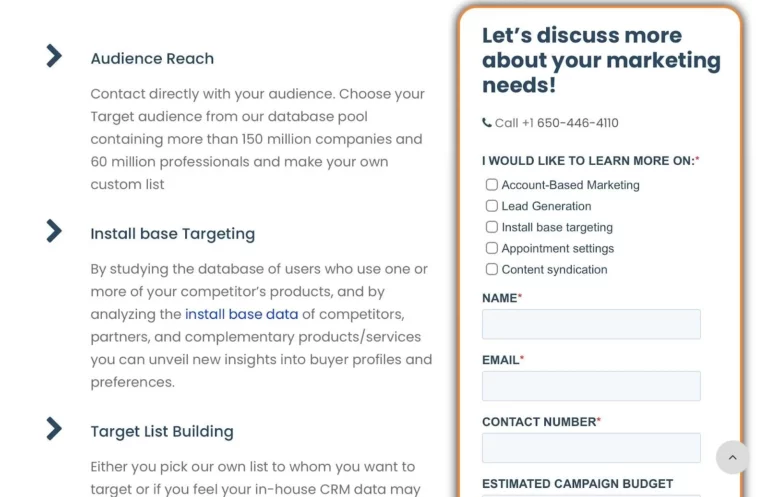
This allows us to group our customers based on their requirements. Further, we can send personalized emails to potential leads based on their requirements.
2.Know your customers
Don’t make the mistake of creating your buyer persona. Wait, what?
You see, people, if you are not creating something innovative, there is already a customer base present for your services and products.
So, there is no need to create a buyer persona. Instead, you need to identify your potential buyers in the market and streamline your demand generation strategies targeting them.
Thus, you need to use different tactics to identify your buyer persona in the market. Here are a few methods to know your customers:
- Use social media to interact with your customers. Check your potential leads’ comments, likes, and other social activities.
- Target your core competitors’ customer base.
- Use video conferencing to conduct face-to-face interactions with your customers.
- Use lead magnets to connect with the right people.
Once you know your customers, don’t stop there. Customers’ preferences change rapidly based on several external and internal factors. Therefore, you should revisit your customers and check how they are feeling at the moment.
3.Demand-generating content
Content is the best demand generation strategy. It helps you provide value to your potential customers and create awareness about your products and services in the market.
Moreover, content works best to score your leads and generate organic traffic. You can use content marketing to support your GTM plan in several ways.
However, the best strategy is to streamline your content with demand generation stages. You must create content pieces targeting different stages of the demand funnel.
This strategy can enable you to move leads in the pipeline and convert them faster. Here’s how you can create demand-generating content:
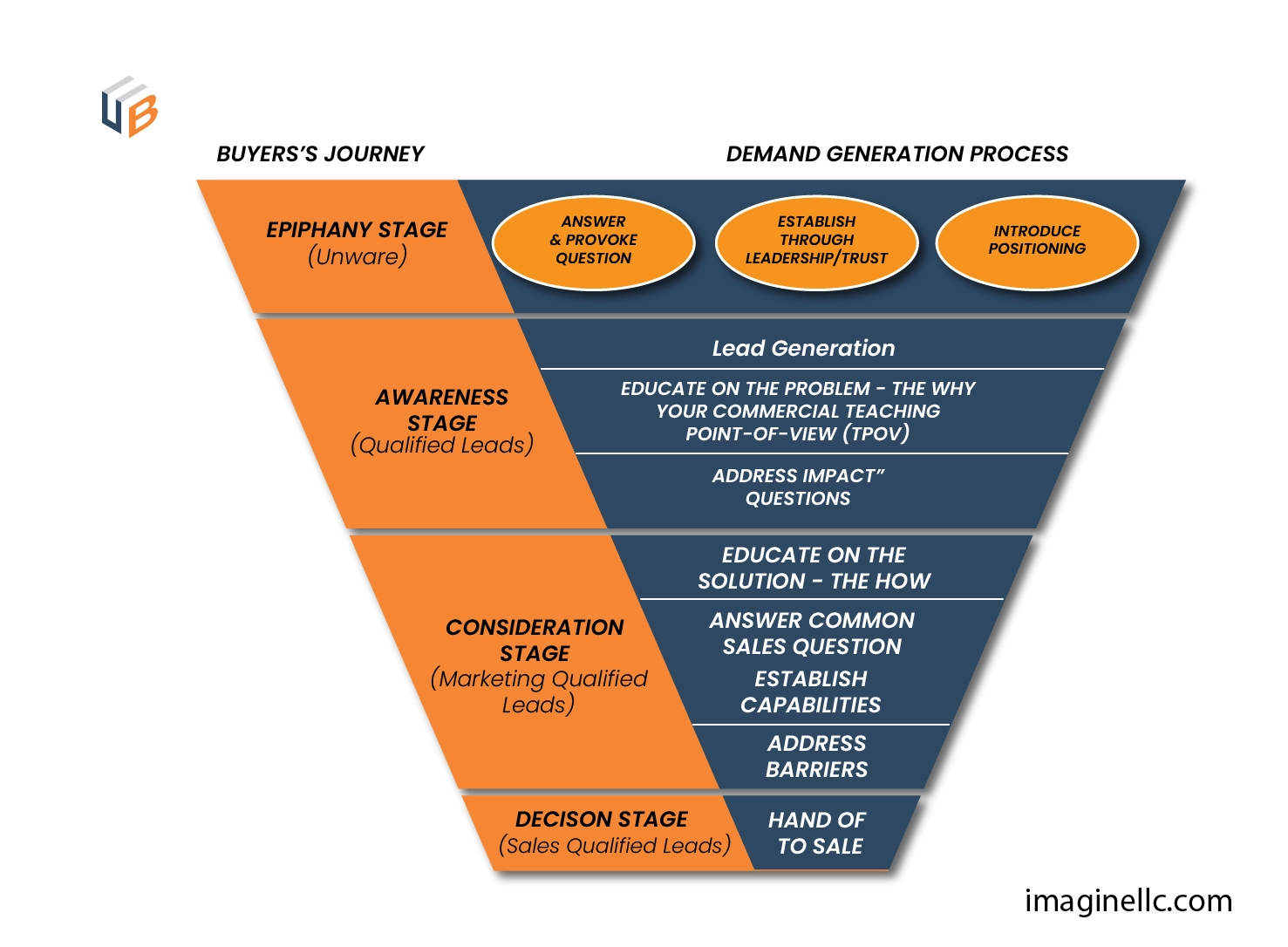
Epiphany Stage
This is the stage of unawareness. Your prospects have no clue about your business and products at this stage.
So, you must produce content that can introduce your business to the world. For this purpose, PR articles and news reports are the best.
Awareness Stage
The awareness stage connects you with your qualified leads. This stage is where you expose your marketing message to the right people.
You can target relevant keywords and pain points to reach your potential customers using content. For example, you can use specific keywords in blogs your potential customers are searching online. This can show your business website in the right searches.
Consideration Stage
At this stage, you have marketing qualified leads in your funnel. You need to now use educational content on your product and answer basic sales questions to move your potential leads further into the pipeline.
Ebooks and case studies are the perfect content to nurture your MQLs.
Decision Stage
This is the final stage in creating a demand funnel. At this stage, you have sales-qualified leads in your hand. Now, it requires a solid push to convert your SQLs.
On-site blogs and web content with a clear call to action can help your SQLs make quick decisions.
As you can see, you cannot just produce one content style and expect results. You need to create various content to nurture your leads at every stage.
Let’s take an example.
Check out this video conferencing software website — Consolto.
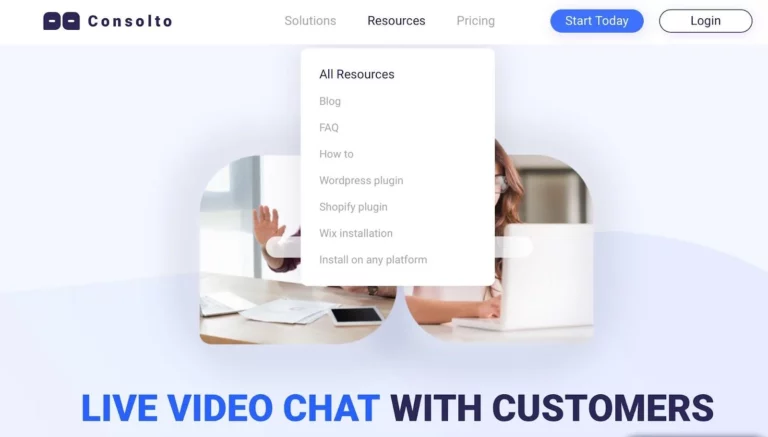
Source: Consolto
The brand has created a content resource tab on the website to target relevant leads through different content styles. They publish blogs to attract new customers, an FAQ page answers sales-related questions, and How-to guides help to explain the product better.
4.Target the proper content distribution channels
By producing demand-generating content, you have only achieved half success. Now, you must find a way to take your excellent content to your prospects.
Content distribution is a crucial subject. Mostly, businesses are only focused on producing great content and totally forget about selecting the right channels to distribute it.
Thus, we always suggest our clients choose the right content distribution platform. You can even drive good results with your average content with the right distribution channel.
A study shows that a B2B consumer reads at least 13 content pieces before making a decision. That means you must target at least 13 channels to help your potential customers make purchase decisions faster.
But, the question is, which are those channels where your customers are present?
Here are a few strategies that can help you distribute your content on the channels where your customers are present:
Revisit your buyer persona
Go through your buyer persona to understand the channels preferred by your audience. Then, based on the demographic nature of your audience, you can select the appropriate marketing channels to distribute your content.
Monitor results
You must target different marketing channels and track performance in the initial stage. It can help you understand which marketing channel brings more results. For this purpose, you can use analytical marketing tools.
Target 1-2 channels at a time
Don’t overcomplicate your demand generation funnel by targeting different content distribution channels simultaneously. Just target one or two content distribution channels at a time and monitor results. This strategy can help you understand the performance of each channel at a deeper level.
Use content syndication
Content syndication is the cost-effective strategy to target several distribution channels with your content. With this strategy, you must repurpose your existing content into different formats to distribute it across channels. For example, you can turn your blogs into infographics, videos, or podcasts
Create content specific to the channel
Content syndication is a smart move to target different content distribution channels. But, it is only effective if done smartly.
You cannot simply copy your content and share it on several platforms. That is because every platform has different layout and structure requirements.
Let’s just take the example of Instagram and Pinterest.
Both platforms are photo-based, so you can easily repurpose Instagram content on Pinterest or vice versa. But that’s incorrect.
Instagram and Pinterest have different audience bases, interfaces, and content requirements. For instance, Instagram requires a 1080×1080 image size and a Pinterest preference 1000×1500 image size.
5.Simplify the sales journey for your customers
By now, you have a demand funnel ready to deploy your GTM plan. But don’t rush yet. First, look at your entire funnel and remove all the unnecessary steps a customer has to take to purchase on your website.
All the unnecessary steps will only drive customers away. A CNBC report shows that consumers spend around $5400 per year on impulsive purchases.
When there are too many layers between customers and your product, you might lose all these impulse purchases. That is because the more people have to click and read to purchase, the more they get time to think about and cancel the purchase.
So, create a straightforward purchase process for your customers. You can give multiple payment options so customers can quickly check out.
Moreover, add a chatbot and FAQ section on your website. This way, customers don’t have to contact the sales team if they have any questions. They can simply find answers on their own and quickly make a purchase.
Also, don’t forget to add a clear CTA and purchase button on your website.
Let’s Create a Demand Funnel Now!
As you can see, several layers are involved in creating a demand funnel. It takes consistent planning and monitoring to create a demand funnel from building your buyer persona to simplifying the sales journey.
You also need analytical data and an experienced marketing team to design a demand generation strategy to support your GTM plan.
However, there is another easy option to customize your demand funnel. You can reach out to our team, and we can help you create a demand funnel to meet your marketing goals. We have all the right tools and strategies to generate demand for your business.
For more details, give us a call or send an email any time.
Our blog
Latest blog posts
Tool and strategies modern teams need to help their companies grow.

Our definition of marketing success in B2B is evolving. For years, traditional metric...

Video has emerged as one of the most effective tools to cut through the noise and con...

The way B2B buyers research, engage, and decide has changed and so must the way marke...







